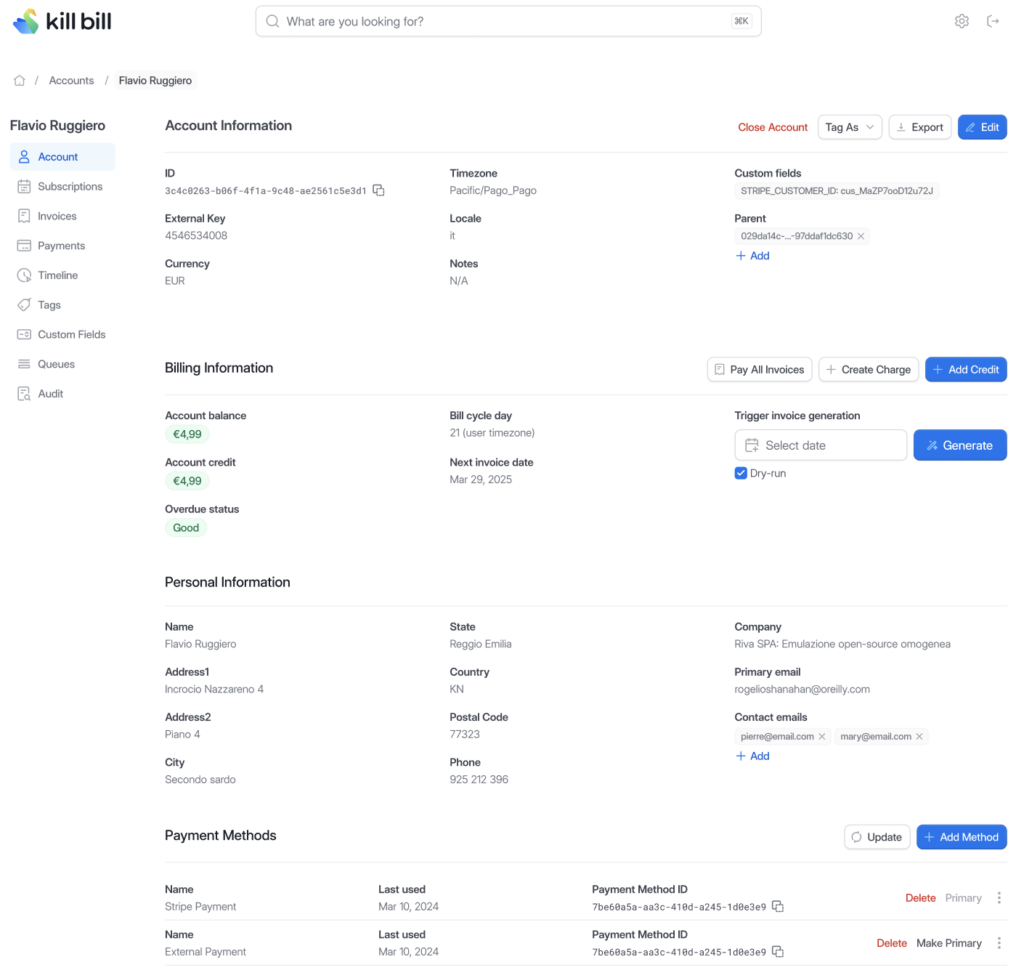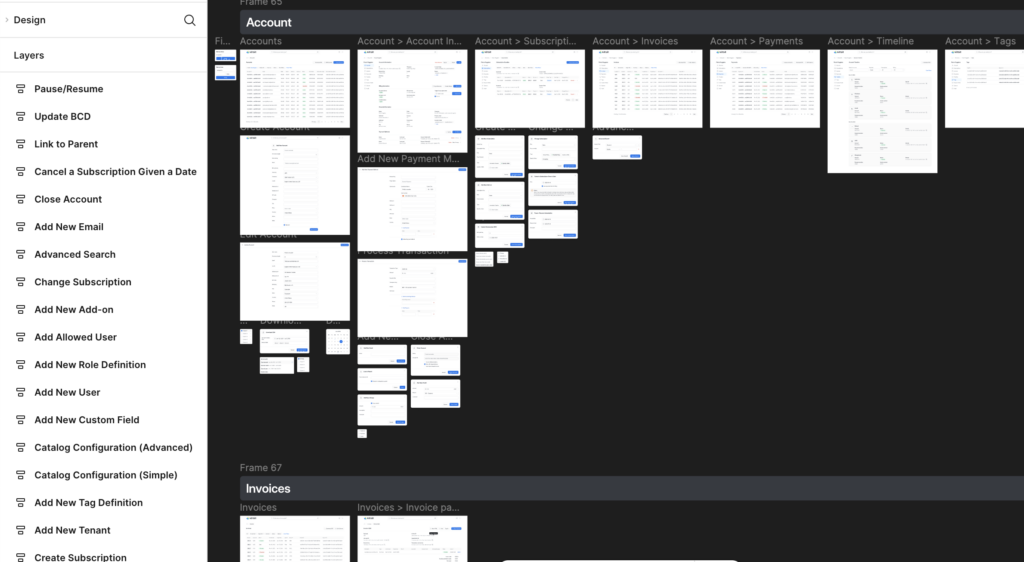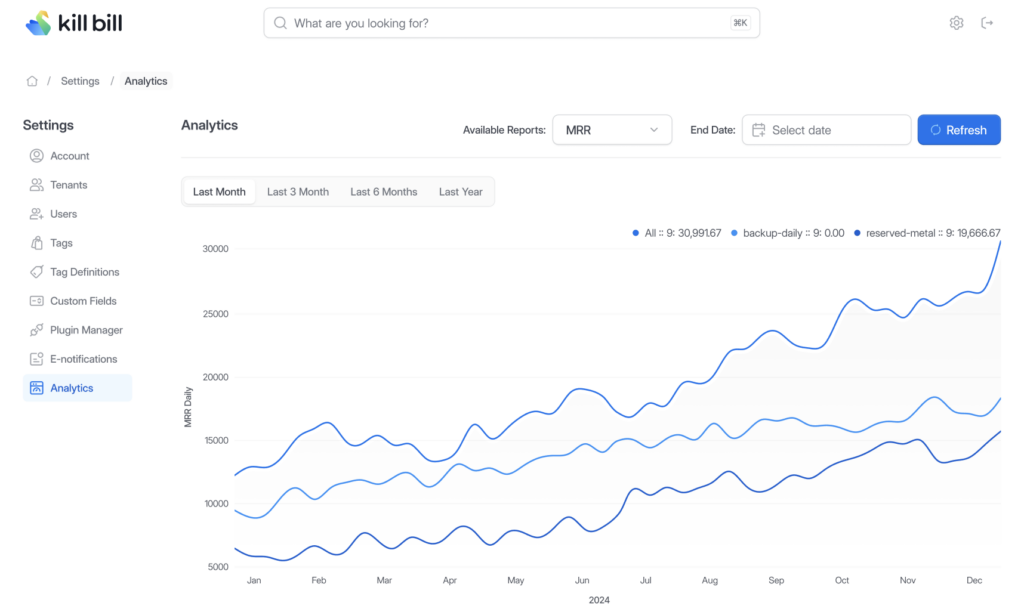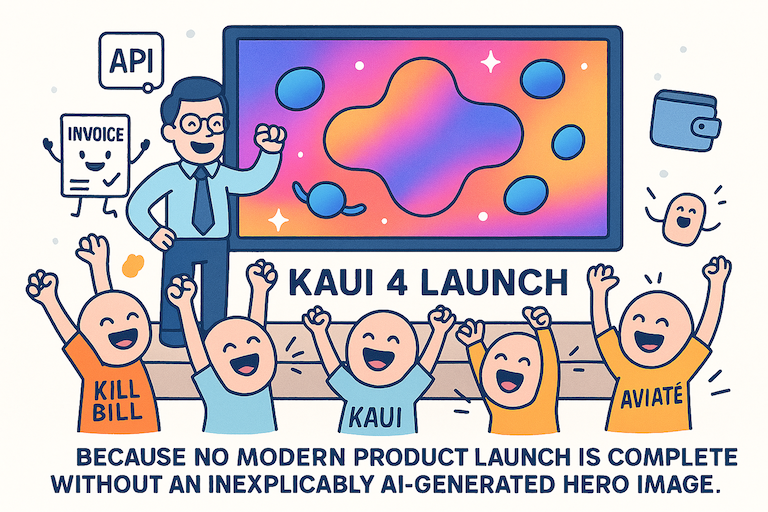Kaui 4 is here.
As one of the Kill Bill cofounders, this release feels personal. Kaui has been part of Kill Bill’s identity almost from the beginning. Long before Kill Bill became the open-source billing platform it is today, we had built an internal Rails tool at Ning so our support team could manage Networks behind the scenes. I dropped in a simple page to view subscriptions and handle upgrades or downgrades. That tiny page eventually grew into the standalone application that became Kaui. This was before Rails mountable engines even existed. Kaui has always been the operational window into the billing engine, and over time, it evolved into the primary console for support, finance, and revenue operations teams running Kill Bill.
Kaui 3 came out around 2014. It was shaped by early production adopters, each with different personas using the UI every day. At the time, we learned an important lesson that many early-stage companies underestimate: when hundreds or thousands of people rely on your internal UI to do their daily work, change management becomes real. A drastic redesign is not just a project. It is an operational event. Because of that, we kept Kaui’s UX extremely stable for more than a decade. During those 12 years, the Kill Bill API surface exploded to more than 200 endpoints, and Kaui kept pace. Nothing ships in core without UI support. Consistency has been essential because teams worldwide use Kaui at scale in their day-to-day operations.
But we knew that 2025 was the time to make the leap. Kaui had grown massively in capability, and teams needed more power, more clarity, and more efficiency. So the Kill Bill team and core contributors spent more than a year on UX research, stakeholder interviews with both small and large companies, design iterations, development, and extensive QA. We beta-tested across different segments and refined everything. The result is Kaui 4, a major update designed to move Kill Bill operations forward while keeping the mental models that users already trust.
Kaui 4 modernizes the application where it matters most. The navigation has been restructured to make key entities and flows easier to find. Overview pages now give clearer context. Search is faster and more capable. Mass actions make it possible to work efficiently with hundreds or thousands of objects. These changes reduce cognitive load and increase throughput for support and finance teams. Performance is significantly improved, especially for large catalogs and high-volume tenants. Accessibility is better, with cleaner interactions and improved navigation.
Just as important is what we intentionally preserved. The core mental model is unchanged. Key flows are the same. Entity terminology remains consistent with Kill Bill itself. This was a deliberate choice. Kaui 4 is a smooth transition. Teams stay productive immediately, with no shock. For newcomers to Kill Bill, the redesign shortens onboarding time and makes the system easier to learn. For existing teams, it is continuity with an upgrade.
We also improved RBAC clarity and auditability. This matters for compliance-sensitive organizations. Permissions are easier to reason about, and the system provides better insight into who did what and when. This is critical for billing operations where traceability is part of revenue risk management.
A common question is why Kaui still runs on Rails instead of being rewritten in React. The answer is simple. This is an operational console, not a public customer-facing app. Rails is robust, predictable, and battle-tested. It scales, it is easy to deploy, and security patches are straightforward. Kaui is stateless aside from a lightweight database for RBAC and configuration. Everything else comes from Kill Bill APIs. For large enterprises, the app is embedded, self-contained, and continuously updated. The technology choice is deliberate engineering discipline, not nostalgia.
This launch is also a good moment to highlight how Kaui fits into the broader Kill Bill ecosystem and how it complements our newer work. Aviate extends Kill Bill into a full enterprise-grade billing platform. It adds configuration simplicity, advanced quote-to-cash capabilities, and deep billing observability. Aviate Health monitors not only infrastructure but the actual health of your billing: invoice integrity, payment success, revenue leakage signals. Aviate runs as a plugin on the Kill Bill platform, and Kaui exposes many of its features in context. For example, wallet management from Aviate is directly accessible through Kaui. The two products are designed to work side by side: one is the UI for operational teams, the other is the enterprise layer that accelerates revenue execution.
Many companies use Kill Bill and Kaui, and in several cases the system is fully white-labeled. While I cannot disclose specific names, what I can say is that Kaui is used every day by support, finance, and operations teams across industries and geographies, often at very large scale. The redesign is based on those real-world needs, even if we cannot publish the details.
Kaui remains fully open-source under Apache 2.0. There is no paywall. There never has been. This new version is our continued investment in the operational side of the Kill Bill platform.
Looking ahead, we are building even tighter workflows between Kill Bill core, Kaui, and Aviate. The goal is straightforward: reduce operational friction, improve revenue accuracy, and unify billing operations into a single cohesive system. This is the next evolution of an open-source based enterprise revenue stack, where the control of open-source is combined with the power of enterprise-grade tooling.
Kaui 4 is available today on demo.killbill.io. The demo is read-only with sample data so you can explore the new interface. For deeper testing, you can create your own read-write sandbox by signing up on aviate.killbill.io.
I am excited for teams to use this release. It is the strongest version of Kaui we have ever shipped, and it sets the foundation for what comes next.



